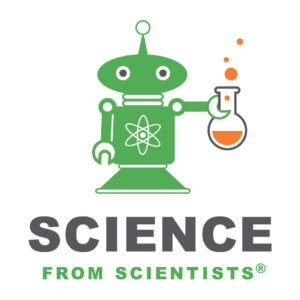Description
Lesson Overview
Students will:
- Use an image to get students thinking about what processes allow water to change location
- Predict, then act as water droplets to simulate the water cycle in a game-model
- Observe differences between hypothesized and actual route, differences between routes other students took, and how the model works
- Consider how much water is contained within reservoirs while participating in an instructor-led demonstration
Lesson Objectives
Students will be able to:
- Identify the processes that allow water to change location
- Use a model to describe the cycling of water through the hydrosphere
This lesson is aligned with these Next Generation Science (NGS) Standards.





